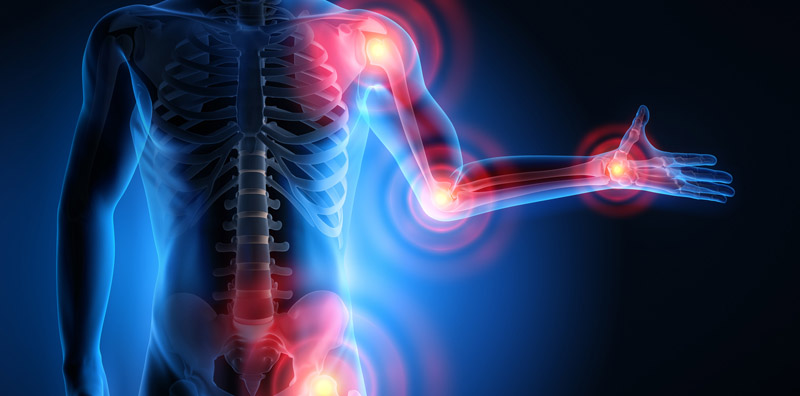
10:02 27th March 2018 | Chronic Disease
Chronic Disease Older People Osteoarthritis Degenerative Joint Disease Degenerative Arthritis Wear-and-Tear Arthristis Global Disability Symptomatic Knee OA Increase in Nigeria Ages 40 and Above 1 in 5 Adults Broken Cartilage Affected Joints
Any adult can suffer from osteoarthritis (OA), but this chronic disease mostly affects older people and can cause disability. Other names for OA include degenerative joint disease, degenerative arthritis and wear-and-tear arthritis. Knee OA is one of the leading causes of global disability.
Cartilage is the rubberlike, flexible tissue you find at the end of bones. It acts as a protective ‘cushion’ between bones that rub against each other in a joint. Joints connect bones in the body.
OA is the result of cartilage breaking down. With reduced cushioning, bones end up rubbing together which typically results in stiffness and pain, among other symptoms. Cartilage can wear away completely.
This progressive condition has five stages and although damage is irreversible, the disease can be managed with treatment.
The most commonly affected joints include the fingertips, hands, hips, knees and spine (generally neck or lower back region).
Common symptoms include:
As OA progresses through the stages (0 to 4), pain can become worse and may be accompanied by swelling in and around the joint(s). Severe OA is represented by stage 4 (stage 0 = normal joint).
Note: The condition can stabilise meaning not all OA suffers necessarily progress to stage 4.
Extensive or complete loss of cartilage, that occurs in Individuals with severe OA, can lead to:
OA cannot be cured or reversed, but the symptoms can be managed. Recommended treatment will vary according to need and severity.
First consult a doctor before trying any of the following home treatments, lifestyle changes and other treatments or suggestions:
Some things are out of your control, but there are ways to fight the onset of OA, including:
If you are experiencing OA symptoms or if you have any questions for us, please don’t hesitate to get in touch.
DON’T MISS IMPORTANT AND RELEVANT HEALTH-RELATED UPDATES
Sign up to receive our monthly mailers.
Email: [email protected]
Call: 01 631 0092 / Whatsapp: +234 (0)810 664 8871.
Visit us at Ikeja, Ikotun, Isolo or Victoria Island
Book an appointment online or search for a clinic close to you.
Book an AppointmentSearch by condition, treatment or keyword and conveniently browse our informative articles